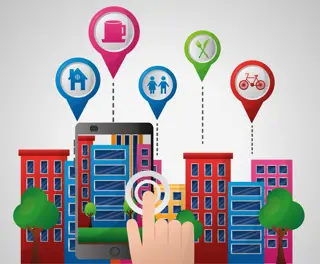Hybrid Work Changes Residential Demand: Mapping Micro-Market Shifts in 2025

Flexible work arrangements have permanently changed how professionals interact with urban environments, creating distinct micro-markets that cater to remote workers' evolving needs.
The Suburban Exodus Revisited
- Remote workers are moving to suburban and rural areas for more space and lower costs. Cities like Boise and Austin show this trend, attracting professionals who want quality of life improvements while staying close to urban amenities.
- Homes with dedicated workspaces, soundproof rooms, and high-speed internet are commanding premium prices. Developers now focus on ergonomic layouts and flexible living spaces in suburban housing designs.
Urban Recalibration: Hybrid Work Redefines City Centers
- Professionals with partial office needs now look for places within a manageable commute to urban business centers. This stabilizes demand in urban peripheries and secondary downtown areas.
- With less demand for traditional office spaces, landlords turn buildings into residential units and mixed-use complexes combining housing, retail, and coworking spaces.
Emerging Property Types Driven By Flexible Work
The remote work era has created specialized housing products:
- Co-living communities shared workspaces and living space, attracting young professionals who seek affordability and community.
- Smart homes demand energy-efficient designs, automation-ready layouts, and gigabit internet in prime markets.
Strategic Investment Opportunities
- Invest in suburban tech hubs offering broadband infrastructure, co-working facilities, and education access to cater to remote worker families.
- Repurpose centrally located buildings into micro-apartments or co-living spaces with integrated office amenities.
The Future of Residential Micro-Markets
Housing preferences continue shifting toward location-fluid lifestyles, with homebuyers balancing proximity to employment hubs with access to natural retreats and digital connectivity. As hybrid work becomes permanent, developers must prioritize live-work flexibility and community-focused designs to meet evolving needs.